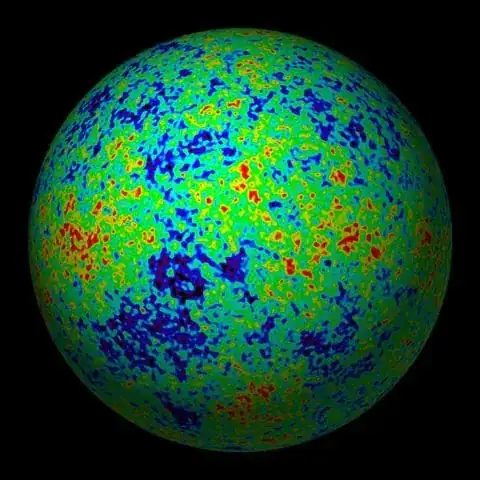Perfection is to be found in mathematics, not in our universe.
Having said this, if you are looking for an observable near-perfect realization of the transcendental number $\pi$ in nature, I would suggest not going for a circle, but rather for a sphere. A big sphere. In fact the largest sphere currently observable: the cosmic microwave background.
The cosmic microwave background radiation is the relic of the big bang that reaches us as a uniform thermal radiation coming from all directions in the sky. In each direction, the distance to the source is determined by the Hubble redshift. As, after subtraction from the Doppler shift due to our own motion, the radiation is observed to be isotropic to roughly one part in 100,000, we are talking about a sphere that is pretty perfect.

Or at least so the eyes of physicists who consider a cow to be spherical in good approximation...
Another occurrence of a close-to-ideal sphere is provided by the horizon of a stationary non-rotating black hole. But we have not (yet) observed such a horizon directly.


